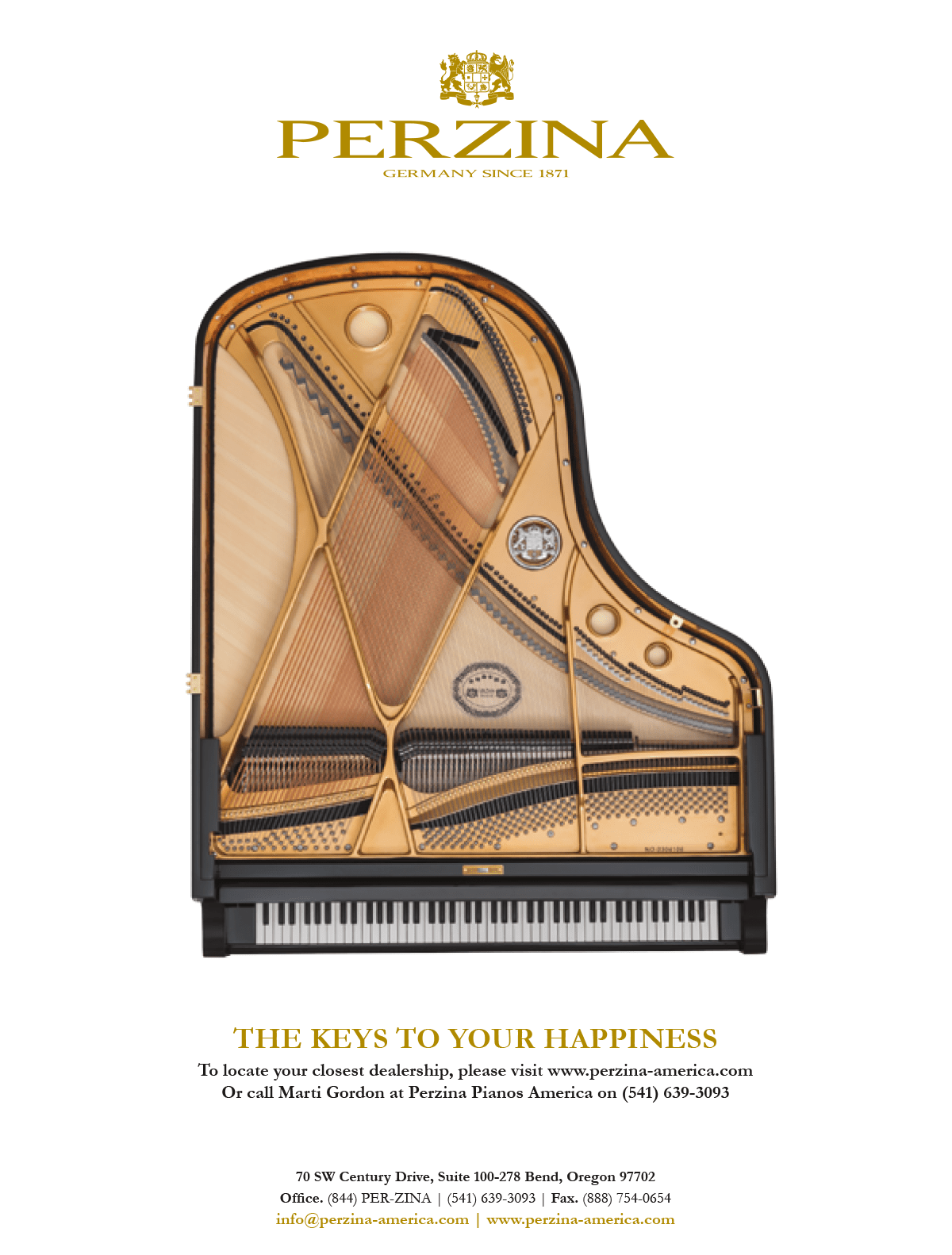
As you can imagine, any discussion of quality in pianos is likely to involve a lot of subjectivity and be somewhat controversial. However, a useful generalization for the purpose of discussing quality can be had by dividing pianos into two types: performance grade and consumer grade. Performance-grade pianos are made to a single, high quality standard, usually in relatively small quantities, by companies that strongly favor quality considerations over cost. Consumer-grade pianos, on the other hand, are built to be sold at a particular price, and the design, materials, level of workmanship, and manufacturing location are chosen to fit that price. Most consumer-grade pianos are mass-produced at a variety of price levels, with materials and designs chosen accordingly. Throughout much of the 20th century, the United States produced both types of piano in abundance. Presently, however, most performance-grade pianos are made in Europe, Japan, and the United States, while virtually all consumer-grade pianos are made in Asia. Due to globalization and other factors, the distinction between the two types of piano is beginning to blur. This is discussed at greater length in the article “The New-Piano Market Today" ” elsewhere in this issue.
The above explanation of quality in pianos is very general, and some aspects of quality may be more applicable to your situation than others. Therefore, it pays to take some time to consider exactly what you expect from your piano, both practically and in terms of lifestyle. Practical needs include, among others, the level of expressiveness you require in the piano’s tone and touch, how long you expect the instrument to satisfy your evolving needs, and what furniture it must match — as well as certain functional considerations, such as whether you use the middle pedal, desire a fallboard (key cover) that closes slowly, or need to be able to lock the piano. Lifestyle needs are those that involve the prestige or artistic value of the instrument, and how ownership of it makes you feel or makes you appear to others. Just as a casual driver may own a Mercedes, or one devoid of artistic abilities may own great works of art, many who don’t play a note purchase expensive pianos for their artistic and prestige value.
A couple of the practical considerations require further discussion. Concerning expressiveness: What kind of music do you play or aspire to play? One can play any kind of music on any piano. However, some pianos seem better suited in tone and touch than other pianos to some kinds of music. Quality in piano tone is often defined in terms of the instrument’s ability to excel at pleasing players of so-called “classical” music because this kind of music tends to make the greatest expressive demands on an instrument. So if you aspire to play classical music seriously, you may wish to one day own a fine instrument capable of the nuanced tone and touch the music demands. On the other hand, if classical music isn’t your thing, you can probably get away with a less expensive instrument.
A key factor concerns how long you want to keep the instrument: Is it for a beginner, especially a youngster, and you’re not sure piano lessons will “stick”? Is it a stepping stone to a better piano later on? Then an inexpensive piano may do. Do you want this to be the last piano you’ll ever buy? Then, even if your playing doesn’t yet justify it, buy a piano you can grow into but likely never grow out of.
You’ll get a better sense of what quality means in a piano if you play a wide variety of them, including ones that cost less than what you plan to spend, as well as ones you can’t afford. Warning: The latter can prove dangerous to your bank account. It’s not unusual for a buyer to begin shopping with the intention of buying a $3,000 vertical, only to emerge some time later with a $30,000 grand!
How Long Does a Piano Last?
A note about how long a piano will last — a question I hear every day. The answer varies for pianos almost as much as it does for people. A piano played 16 hours a day in a school practice room might be “dead” in ten years or less, whereas one pampered in a living room in a mild climate might last nearly a century before requiring complete restoration to function again. A rule-of-thumb answer typically given is that an average piano under average conditions will last 40 to 50 years. If past experience is any guide, it would not be unreasonable to predict that the best-made pianos will last about twice as long as entry-level ones, given similar conditions of use and climate.
However — and this is the important point — most pianos are discarded not because they no longer function — in fact, they may go on to long lives as used pianos for other people — but because they no longer meet the needs or expectations of their owners or players. A player may have musically advanced beyond what the instrument will deliver, or the owner may now be wealthier and have higher expectations for everything he or she buys — or perhaps no one in the house is playing anymore and the piano is just taking up space. Thus, the important consideration for most buyers, especially buyers of new or relatively young pianos, is how long the piano in question will meet their needs and expectations, rather than how long that piano will last.
Previous Topic Next Topic